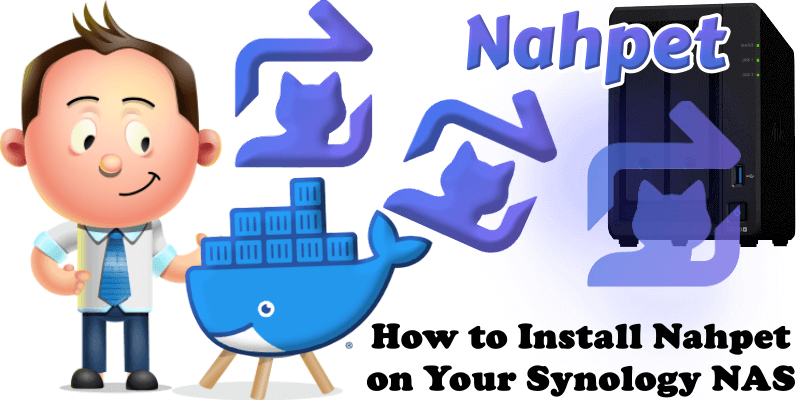Synology: Best Docker Containers For Games
Docker containers have revolutionized self-hosting by offering lightweight, portable, and isolated environments for running applications, including game servers. For gamers and homelab enthusiasts, self-hosting game servers with Docker provides a cost-effective, customizable, and efficient way to enjoy multiplayer gaming with friends or communities. Whether you’re running a server on your Synology NAS for Minecraft, or … Read more about Synology: Best Docker Containers For Games






